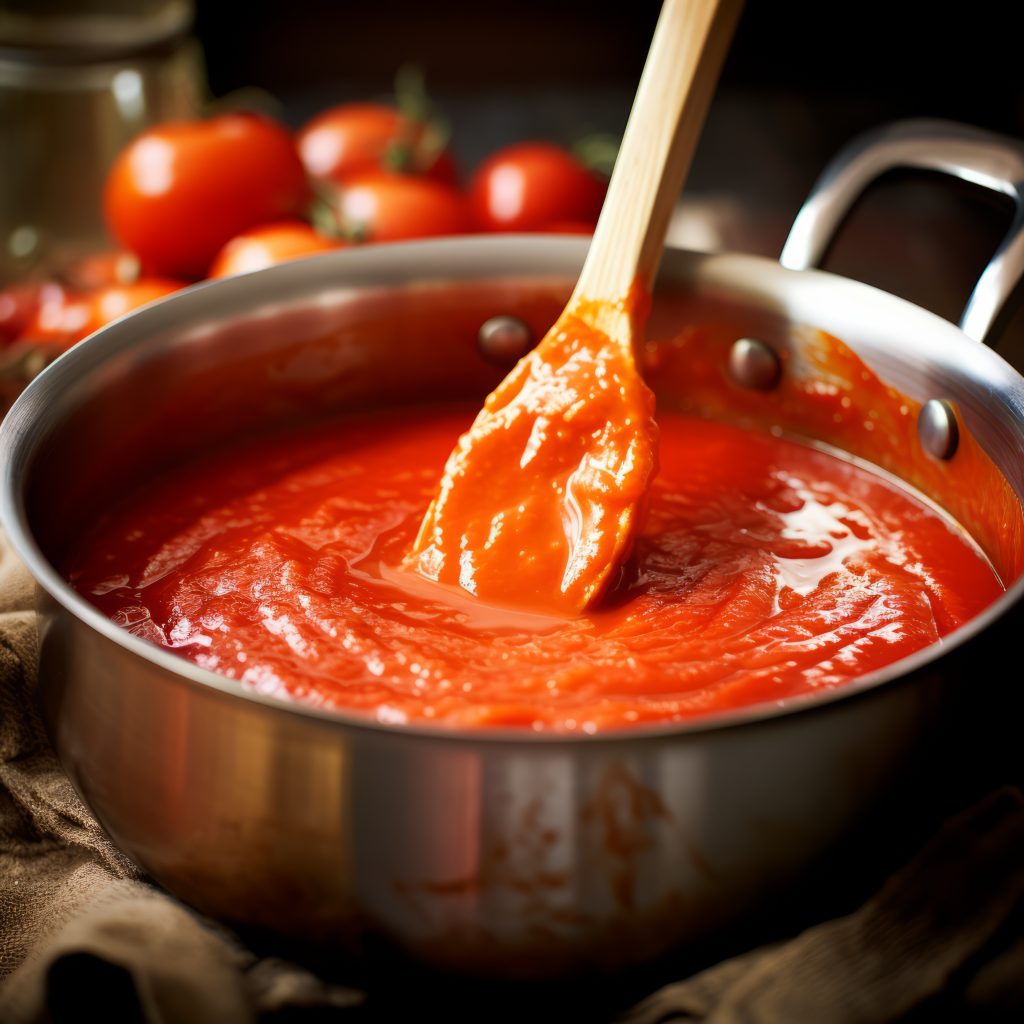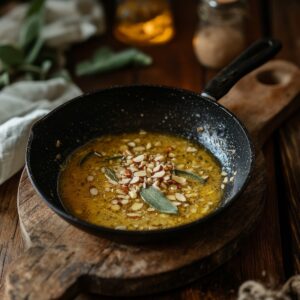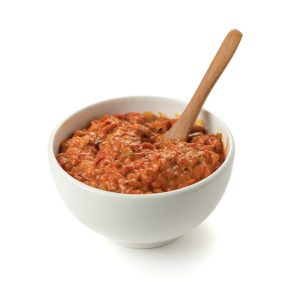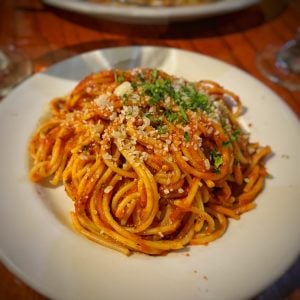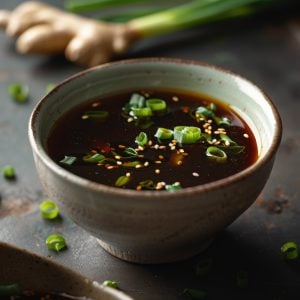The Difference Between Tomato Sauce and Marinara Sauce
Regarding Italian cuisine, the terms marinara and tomato sauce are often used interchangeably, but these two sauces have distinct differences in flavor, ingredients, and preparation. Understanding these nuances can elevate your home-cooked meals and deepen your appreciation for Italian culinary traditions.
Marinara sauce, a versatile and quick-cooking sauce, is a culinary canvas waiting for your creative brush. It typically includes just a few essential ingredients: tomatoes, garlic, olive oil, and herbs like basil or oregano.
With its fresh, bright flavor and quick preparation time of under an hour, it’s perfect for various dishes, from quick pasta meals to seafood or as a dipping sauce for appetizers like mozzarella sticks or calamari.
On the other hand, tomato sauce, a more complex and slow-cooked preparation, is like a warm hug in a bowl. Often simmered for hours, it may include additional ingredients such as onions, carrots, celery, and sometimes even meat.
The result is a richer, deeper flavor that works well in heartier dishes like lasagna, spaghetti, or meatballs. Tomato sauce can also be the base for other sauces, such as Bolognese or arrabbiata.
Whether you’re after the simplicity of marinara or the complexity of tomato sauce, understanding the differences is like having a secret weapon in your culinary arsenal. It empowers you to select the right sauce for your dish, enhancing the flavors of your meals and boosting your confidence in the kitchen.
Marinara Sauce History
Marinara sauce, with its roots deeply embedded in Italy, particularly in the southern regions like Naples, where tomatoes were first introduced to Italian cuisine in the 16th century, is a testament to the rich history of Italian culinary traditions. The name “marinara” comes from the Italian word marinaro, meaning “of the sea” or “sailor,” and is believed to be linked to the seafaring culture of the area.
There are two popular theories about its origin. One suggests that marinara sauce was created by sailors returning from the Americas, where tomatoes were native, and that they developed the sauce to preserve the fruit during long voyages. The simplicity of the ingredients—tomatoes, garlic, olive oil, and herbs—made it easy to prepare and store on board. Another theory claims that marinara sauce was made by the wives of sailors who wanted to have a quick, flavorful meal ready for their husbands when they returned from the sea.
By the 19th century, marinara had become a popular and versatile sauce commonly used in Neapolitan cuisine. It remains a favorite in Italian cooking due to its vibrant, fresh flavor and its ability to pair well with pasta, seafood, and even pizza.
Key Differences
The key differences between marinara sauce and tomato sauce lie in their ingredients, preparation methods, and flavor profiles:
- Ingredients:
- Marinara sauce is typically made with a few simple ingredients: tomatoes, garlic, olive oil, and herbs like basil or oregano. It has a fresh, straightforward flavor and often does not include additional vegetables or meat.
- Tomato sauce can be more complex, often incorporating additional ingredients such as onions, carrots, celery, and sometimes meat or stock. This gives it a more prosperous, deeper taste compared to marinara.
- Cooking Time:
- Marinara sauce is a quick-cooking sauce, usually prepared in 30 minutes to an hour, which allows the tomatoes to maintain their bright, fresh taste.
- Tomato sauce is slow-cooked, sometimes for several hours, to develop a more concentrated and layered flavor. This extended simmering time softens and melds the ingredients.
- Texture and Flavor:
- Marinara sauce tends to be thinner with a lighter, more acidic flavor, perfect for seafood, pasta, or dipping sauce.
- Tomato sauce is typically thicker and more robust, with a slightly sweeter, mellow flavor. It works well in heartier dishes like lasagna or meat-based recipes.
These differences give each sauce a distinct role in Italian cooking.
Five Interesting Facts About Marinara Sauce
Sailor Origins: The word “marinara” comes from marinaro, meaning “of the sea” in Italian. It is believed the sauce was made by sailors on long voyages or by their wives as a quick meal to greet them after their return from sea.
No Seafood in Marinara: Marinara sauce traditionally contains no seafood despite its seafaring connection. Its simple ingredients—tomatoes, garlic, olive oil, and herbs—make it a versatile sauce that pairs well with seafood dishes, but the sauce is meat- and seafood-free.
Quick-Cooking: Unlike many Italian sauces that require hours of simmering, marinara is designed to be quick. It can be prepared in under an hour, giving it a fresh, vibrant tomato flavor that distinguishes it from richer, slow-cooked sauces.
Popular in Pizza: Marinara sauce is one of the most popular bases for pizza in Italy, especially in the famous Neapolitan pizza, Margherita, and pizza marinara. The latter is topped with sauce, garlic, oregano, and olive oil, without cheese.
Simplicity is Key: The beauty of marinara sauce lies in its simplicity. It doesn’t rely on an array of ingredients but focuses on the quality of fresh tomatoes and aromatic herbs, making it a staple in Italian home kitchens.
Marinara Sauce
Ingredients
- olive oil as needed
- hot pepper flakes to taste
- 3 cloves garlic chopped
- 28 ounces tomatoes whole or crushed
- salt and pepper to taste
- fresh basil chopped, to taste
Instructions
- Add some olive oil to a saucepan over medium-high heat. (A little more than what’s necessary to just cover the bottom).
- Add the red pepper flakes and garlic and gently simmer for a minute or two.
- Add the tomatoes. If using whole tomatoes, crush them with your hands.
- Bring the sauce to a gentle simmer and season with salt and pepper.
- Add the basil.
- Simmer for 15 minutes or until your desired consistency is achieved.
- Serve

